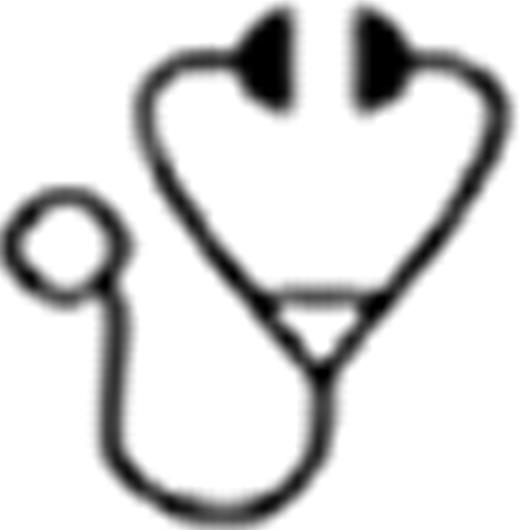Abstract
Patients with advanced hematological malignancies remain at high risk for eventual disease progression following reduced intensity conditioning (RIC) allogeneic hematopoietic stem cell transplantation (allo-HSCT). We hypothesized that vaccination with whole leukemia cells during the critical period of immune reconstitution early after transplant may enhance antitumor immunity and facilitate expansion of leukemia-reactive T cell responses. We tested this hypothesis in a prospective clinical trial, in which patients with advanced chronic lymphocytic leukemia (CLL) received up to 6 vaccine doses initiated between day 30–45 following RIC allo-HSCT. Each vaccine consisted of 1×107 irradiated autologous tumor cells admixed with 1×107 irradiated K562 bystander cells secreting GM-CSF (GM-K562). All patients received tacrolimus and mini-methotrexate as graft-versus-disease (GvHD) prophylaxis. Tacrolimus was maintained at therapeutic levels during the vaccination period without taper.
Twenty-two patients were enrolled, all with advanced disease (median number of prior therapies 3; range 2–11). Many of the leukemias expressed markers associated with aggressive disease (e.g. unmutated IgVH - 68%) and displayed high-risk cytogenetic abnormalities (sole del(11q) - 41%; sole del(17p) - 23%; del(11q and 17p) - 18%). Greater than 50% (n=13) of patients had persistent marrow involvement (≥10%) at time of allo-HSCT. Eighteen of 22 subjects were vaccinated after allo-HSCT and received a median of 6 (range 1–6) vaccines. The remaining 4 patients were precluded from vaccination due to development of acute GvHD before day 45. Vaccines were generally well tolerated, but mild, transient injection site erythema was common. Only one grade 4 event (neutropenia) with a possible attribution to treatment occurred. We observed a similar incidence of grade II-IV aGvHD at 1 year in the 18 vaccinated patients (39%; 95% CI: 17–61%) and 42 control CLL patients that underwent RIC allo-HSCT at our institution from 2004–2009 (31%; 95%CI: 18–46%). At a median follow-up of 2.9 (range 1–4) years, the estimated 2-year rates of progression-free survival and overall survival of vaccinated study participants were 80% (95% CI: 54–92%) and 84% (95% CI: 58–95%).
With these promising clinical results, we next focused on gaining insight into the mechanism that generated the observed clinical graft-versus-leukemia (GvL) responses. To delineate the specific contribution of vaccination to the overall GvL effect, we performed T cell assays to detect CLL-specific reactivity in serial pre- and post-HSCT samples obtained from vaccinated patients (n=9) who received median of 6 vaccines (range 3–6). In comparison, we examined T cell responses in study subjects (n=4) that developed aGvHD at a median of 44.5 days (range 26–56) after HSCT; and control CLL patients (n=4; no vaccine, no GvHD in the early post-transplant period) that were not enrolled in the study. Although early post-transplant vaccination had no impact on recovering absolute T cell numbers, reactivity of CD8+ T cells from the vaccinated patients was consistently directed against autologous tumor cells but not alloantigen bearing-recipient cells (PHA T cell blasts and fibroblasts) in IFNγ ELISpot assays. A peak response against autologous tumor cells was reached at day 60 after allo-HSCT (average 221 SFC/5×105 cells vs. 29 and 33 average SFC/5×105cells for PHA blasts and fibroblasts, respectively). CD8+ T cell clones were isolated from 4 vaccinated study subjects by limiting dilution and 17% (range 13–33%) reacted solely against CLL-associated antigens. In contrast, broad CD8+ T cell reactivity indicating an alloantigen response was observed in GvHD patients, while no increase in T cell reactivity against tumor-associated or alloantigens was seen in control patients. Tumor-reactive CD8+ T cells isolated from vaccinated patients secreted a broad profile of effector cytokines (GM-CSF, TNFα and IP10). Moreover, the amount of cytokines secreted by these CLL-specific CD8+ T cells steadily increased following early post-transplant vaccination, but not after allo-HSCT alone or in relation to GvHD.
Our studies reveal that vaccination with autologous whole CLL/GM-K562 cells between days 30–100 after allo-HSCT is associated with induction of immunity against recipient CLL cells, and suggest that this is an effective strategy for promoting GvL following RIC allo-HSCT.
Brown:Genzyme, Celgene: Research Funding; Calistoga, Celgene, Genentech, Pharmacyclics, Novartis, Avila: Consultancy. Cutler:Pfizer, inc: Research Funding; Astellas, Inc: Consultancy, Research Funding.

This icon denotes a clinically relevant abstract
Author notes
Asterisk with author names denotes non-ASH members.


